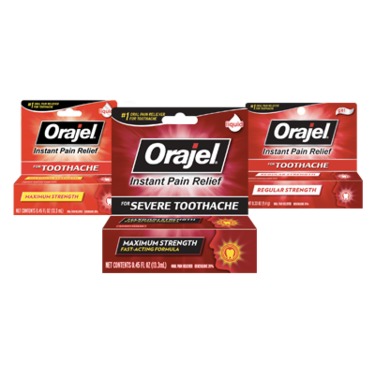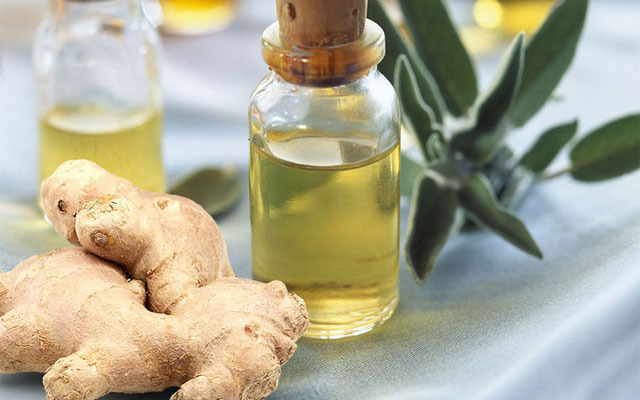What Helps Toothache With Tea Bag? Instant Relief

A toothache can be a throbbing nuisance, disrupting daily life with its persistent pain. While there are various remedies to alleviate toothache pain, an unconventional method that has gained attention is using a tea bag. This approach may seem unusual, but it has been reported to provide instant relief for some individuals. The key to understanding how a tea bag can help with a toothache lies in the properties of the tea itself, particularly in the case of black tea, which is often cited for its potential benefits.
Black tea contains compounds like tannins, which have anti-inflammatory properties. These compounds can help reduce swelling and alleviate pain when applied directly to the affected area. The process of using a tea bag for toothache relief is relatively straightforward: after steeping a black tea bag in hot water, let it cool down. Once the tea bag has reached a comfortable temperature, place it against the tooth or the gum area that’s causing the pain. The cooling effect, combined with the potential anti-inflammatory properties of the tea, may help in reducing the discomfort.
Another theory behind the effectiveness of tea bags in alleviating toothache pain involves the astringent properties of the tannins. Astringents can help tighten tissues and reduce bleeding, which might be beneficial if the toothache is caused by a minor gum issue or a non-severe tooth problem. However, it’s essential to note that while a tea bag might offer relief, it is not a substitute for proper dental care. Toothaches are symptoms of underlying issues, which could range from simple cavities to more serious conditions like abscesses or gum disease. Therefore, if you’re experiencing persistent toothache pain, it’s crucial to consult a dentist to diagnose and treat the root cause of the problem.
The use of a tea bag as a remedy for toothache is more of a folk remedy, and its effectiveness can vary significantly from person to person. Some people might find immediate relief, while others might not experience any noticeable benefits. The variability in response could be due to the differences in the cause of the toothache, the individual’s sensitivity to the compounds in the tea, or even the method of application. Despite the potential for temporary relief, it’s vital to approach this remedy with the understanding that it’s supplementary and not a replacement for professional dental care.
For those considering trying the tea bag method, it’s advisable to ensure the tea bag is cooled sufficiently to avoid causing burns or further irritation to the gums and teeth. Warm or cooled tea bags are preferable to hot ones to prevent discomfort. Additionally, if the toothache persists or worsens, or if it’s accompanied by other symptoms like fever, swelling, or difficulty swallowing, seeking medical or dental attention is paramount.
In conclusion, while the tea bag remedy might offer some individuals a measure of relief from toothache pain, it should be viewed as a complementary measure rather than a definitive solution. Dental health is intricate, and issues causing toothaches often require professional examination and treatment. By understanding the potential benefits and limitations of unconventional remedies like using a tea bag, individuals can make more informed decisions about their dental care, always keeping in mind the importance of consulting with dental professionals for comprehensive and lasting solutions.
Practical Applications and Considerations
- Tea Selection: Black tea is commonly cited for its potential benefits, but other teas might also have properties useful for oral health. Green tea, for example, is known for its antioxidants, which could potentially contribute to oral health.
- Application Method: The method of applying the tea bag can influence its effectiveness. Some people might find that biting down gently on the tea bag helps the active compounds reach the affected area more effectively.
- Combination Therapies: Combining the tea bag remedy with other pain relief methods, such as over-the-counter pain medications (under the guidance of a healthcare provider), might offer enhanced relief for some individuals.
- Oral Hygiene Practices: Regardless of the remedy used, maintaining good oral hygiene practices, such as regular brushing, flossing, and dental check-ups, is crucial for preventing and managing toothaches.
Expert Insights
Dental professionals often emphasize the importance of early intervention in addressing toothaches. Given the potential for serious underlying conditions, any home remedy, including the use of a tea bag, should be seen as a temporary measure to alleviate discomfort while awaiting professional consultation.
Addressing Questions and Concerns
Can any type of tea be used for toothache relief?
+While black tea is most commonly recommended due to its tannin content, other teas might also offer benefits. However, the effectiveness can vary based on the tea type and the individual's condition.
How often can I use a tea bag for toothache relief?
+It's generally recommended to use a tea bag as needed for temporary relief but not to exceed more than a few applications in a day. The goal should be to address the underlying issue rather than relying solely on the remedy for pain management.
Can I use a tea bag if I have a severe toothache or other symptoms like fever?
+In cases of severe toothache, fever, or other concerning symptoms, it's crucial to seek professional dental or medical care. While a tea bag might offer some relief, it's not a substitute for the treatment needed to address serious conditions.
In the realm of dental care, while unconventional remedies might offer temporary relief, they should always be approached with caution and considered supplementary to, not replacements for, professional care. By understanding the potential benefits and limitations of such remedies, individuals can make informed decisions that prioritize their dental health and wellbeing.


